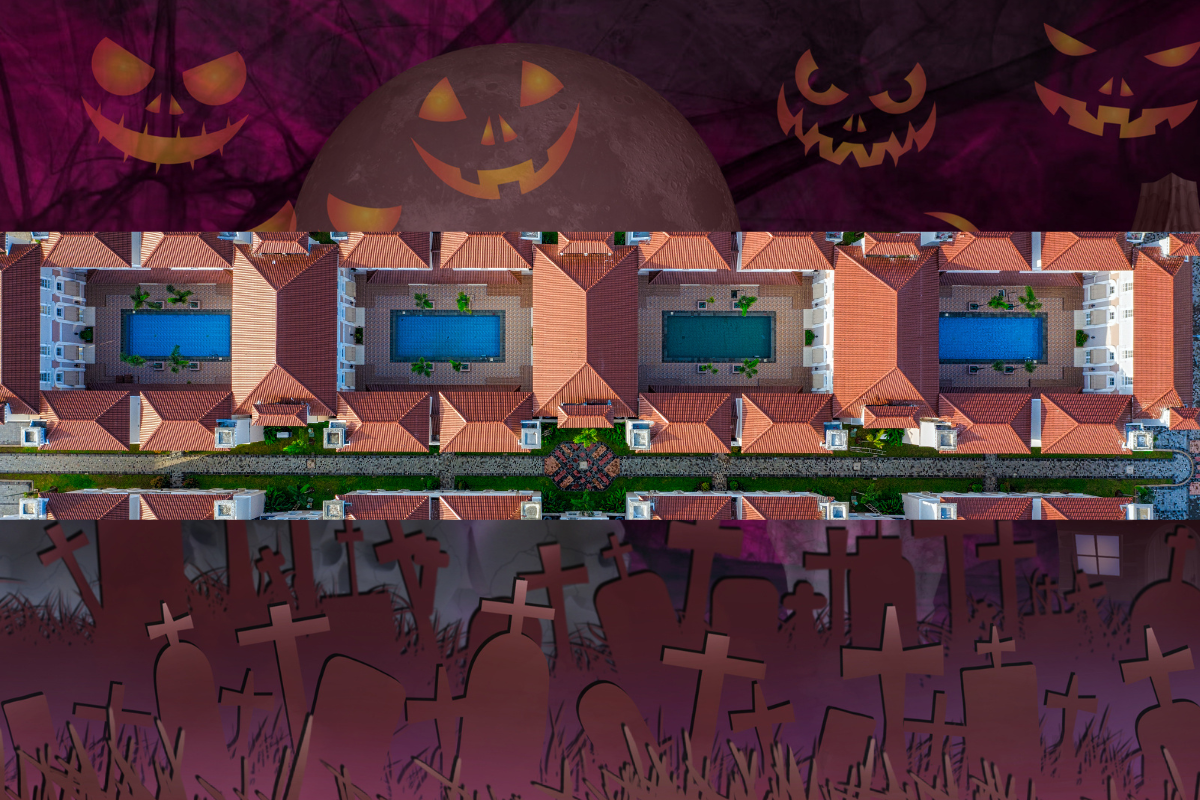Introduction
When you’re building a horror map Windmill in Minecraft, jump scares alone won’t cut it. What you really need are Redstone traps—the kind that make players second-guess every step they take. From secret floor drops to sudden room lock-ins, traps crank up tension like nothing else.
Inspired by psychological horror games like Poppy Playtime, and characters like the mysterious Theodore Grambell, we’ll show you how to turn your haunted Minecraft world into a fear-filled deathtrap. Oh, and of course—don’t forget to place a creepy windmill nearby to set the mood.
Let’s build some fear. Ready?
Why Use Traps in Horror Maps?
They Add Suspense and Surprise
Traps are more than just mechanics. They:
Increase fear factor
Force caution
Make every choice risky
Tell a story through action
Imagine: You enter a windmill. Suddenly, the door slams shut behind you and you hear gears grinding above. That’s fear with flavor.
Choosing the Best Trap Locations
Where to Hide the Scares
Some perfect trap spots:
Inside the base of an old windmill
Beneath a poppy-covered grave
In the abandoned lab of Theodore Grambell
Deep within a foggy forest path
Keep players guessing. A trap isn’t effective if it’s too predictable.
1. The Disappearing Floor Trap
Fall Right Into the Unknown
How it works:
Pressure plate or tripwire activates pistons
Pistons retract and drop the player into a pit
Use in:
A hallway leading to a lab
The center of a windmill’s second floor
Right under a sign that reads: “You’re not alone.”
Add poppies at the bottom. Symbolic… and unsettling.
2. Creepy Mob Spawn Traps
Suddenly… Silence Turns to Screams
What you’ll need:
Command block or Redstone to spawn mobs like:
Zombies
Skeletons
Custom-named mobs like “Grambell’s Failure”
Tie it into your lore:
“Grambell created them… then abandoned them.”
Bonus tip: Use custom textures to make mobs resemble broken toys—straight from a Poppy Playtime nightmare.
3. Locked-In Room Trap
Your Choice Seals Your Fate
Design:
Player enters a room
Redstone triggers piston doors to lock them inside
Lights flicker and a journal appears on a lectern:
“They said no one would come back here. They were wrong.”
Add stress by giving them a time limit or a puzzle to escape.
4. Poppy Maze With Fake Exits
A Floral Field of Confusion
Use poppies in a hedge maze layout. At first, it seems peaceful. Then:
Some exits lead to traps
Others take players in circles
One leads to a secret Grambell memory log
Hide Redstone triggers for fake walls or floor drops. Windmill blades visible in the sky can hint at the correct direction.
5. Dead-End Windmill Tower Trap
Go Up. Never Come Back Down.
Player climbs a tall, eerie windmill. On the top floor:
They find a dusty poppy
They hear a sound (use note blocks or custom audio)
The stairs break (via Redstone)
Now they’re stuck. Let them solve a puzzle or wait… until Grambell’s ghost comes for them.
How to Set the Mood With Traps
Use:
Soul lanterns to create low light
Sound effects triggered by pressure plates
Visual cues like blood (redstone dust) or cobwebs
Written books revealing pieces of the Grambell backstory
“They said the windmill was just a building. They were wrong. It watches.”
Mix Puzzles With Traps
Combo ideas:
Unlocking a code incorrectly drops you into a cell
Pulling the wrong lever floods the room with mobs
Solving the wrong riddle resets your progress
Every action should have tension. Even success should feel risky.
Use Windmill Areas as Trap Hotspots
The windmill can be:
A trap-filled base
A twisting staircase of puzzles
A Redstone hub of horror
Have each blade turn as players activate something. When all four turn… something unlocks—or unleashes.
Tips to Balance Fairness and Fear
Give subtle warnings (sounds, signs, broken objects)
Allow escapes if traps are deadly
Don’t overdo jumpscares
Focus on storytelling—not just killing playersYou want players scared, not frustrated.
Conclusion
Redstone traps are more than deadly devices—they’re tools for suspense, storytelling, and immersive horror. When used right, they elevate your Minecraft horror map into something unforgettable.
So start wiring, place those pressure plates, and let the story of Theodore Grambell and his twisted windmill come alive. Your players won’t know what hit them… literally.
FAQs
Q1: Can I make traps without command blocks?
Yes, many traps like floor drops, mob spawns, and doors can use basic Redstone and pistons.
Q2: How can I link traps to my horror story?
Use journals, signs, and visuals to tie each trap into your lore. Make every trap feel like a result of the world’s dark history.
Q3: What’s the creepiest trap you can build?
A trap where the player’s screen fades, sounds distort, and they wake up in a replica of their last location—but something’s off.
Q4: How do I test my Redstone traps?
Test in Creative Mode with multiple runs. Bring friends in to see what’s confusing or too easy.
Q5: Should every room have a trap?
No. Leave some areas safe to build tension. The unpredictability keeps fear alive.


